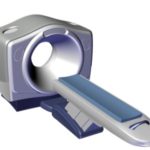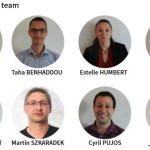With the growing challenges (standards, number of requirements) to be overcome by players in the medical equipment industry, KEONYS provides two levels of solutions designed specifically for requirements engineering.
Did you know that more than 40% of project failures are due to insufficient management and traceability of requirements? (Source: INCOSE)
Medical devices are now developed and deployed on an international rather than national level, which means that various local standards need to be met (e.g. FDA). It is, therefore, now essential for designers of medical devices to find solutions to better manage the rapidly increasing numbers of requirements for each project, and save as much time as possible with certification applications (Quality Management System).
This is why KEONYS offers a two-level approach for the medical industry, based on two types of solutions that can be adapted to meet specific needs and levels of maturity:
- A simple solution to track requirements throughout the development cycle. REQTIFY software makes it possible to gather all requirements from any source, without modifying current processes or the installed software configuration.
- Or a fully tooled requirements-engineering process. This solution is based on the creation of a database of requirements and a collaborative software platform – Dassault Systèmes’ 3DExperience.
REQTIFY can be deployed extremely rapidly: installation takes a few minutes and a three-day training course provides full autonomy and an advanced level of use (project administrator); one day is sufficient for standard users (project team).
Because the second solution (3DX) is more structural, KEONYS recommends a three-stage approach to deployment (Audit/Evaluation, Configuration/Deployment, Skills development/Training), with step-by-step support for the tooling of a systems engineering process.
This two-level approach provides improved project visibility with dashboards and indicators, makes it possible to easily and effectively manage a large number of requirements, and saves time in the development and preparation of certification applications (traceability matrices, customized reports).
Through a shared information base and an iterative product requirement definition and derivation process, the second level of the solution (which complements the first) improves control over approval and verification plans, changing requirements, and information flows within the development and approval team.
Contact us for more information about this approach and the various topics covered!








